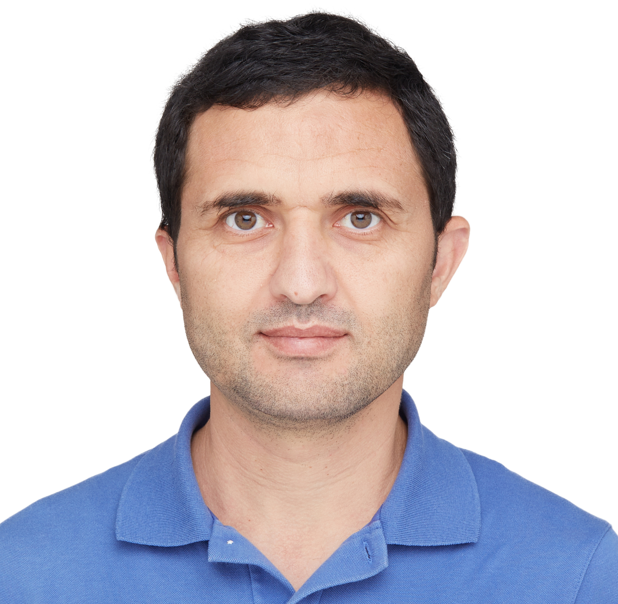
Mohamed Assili
Postdoctoral Fellow
Division of Quantum State of Matter
Office: #605
Email: assili@baqis.ac.cn
Mohamed Assili earned his Ph.D. in Theoretical Condensed Matter Physics from the University of Tunis El Manar of Tunisia in 2016. After that, he served as a Physics Lecturer at the University of Kairouan (2017-2020), where he taught courses in Classical Physics, Electromagnetism, Quantum Physics, and Crystallography. During 2020-2021, he worked as a postdoctoral researcher at the Hong Kong University of Science and Technology. Subsequently, he joined the Institute of Theoretical Physics at the Chinese Academy of Sciences in Beijing (2022-2024). There, his research activities focused on timely topics, such as, the investigation of topological phases and Floquet engineering in superconducting hybrid systems. In May 2025, he joined BAQIS as a postdoctoral fellow in the Theoretical Condensed Matter Group.
Dr. Assili’s research activities focus on recent and rapidly growing branches of condensed matter physics, such as topological superconductivity, driven and non-hermitian systems, superfluid responses, straintronics, and topological phononics. In 2023, Dr. Assili obtained the IOP Trusted Reviewer Status in recognition of his substantial contribution to ensuring quality and trust in peer review of IOP journals.
Selected Publications (see also Google Scholar and https://orcid.org/0000-0002-8694-3143)
1. Mohamed Assili, and Panagiotis Kotetes, Dynamical Chiral Symmetry and Symmetry-Class Conversion in Floquet Topological Insulators, Phys. Rev. B, 109, 184307 (2024).
2. Jun-Ang Wang, Mohamed Assili, and Panagiotis Kotetes, Topological superfluid responses of superconducting Dirac semimetals, Phys. Rev. Research 6, L022053 (2024).
3. Mohamed Assili, Sonia Haddad, and Woun Kang, Electric field-induced valley degeneracy lifting in uniaxial strained graphene: evidence from magnetophonon resonance, Phys. Rev. B 91, 115422 (2015).
4. Mohamed Assili, and Sonia Haddad, Long-wavelength optical phonon behavior in uniaxial strained graphene: Role of electron-phonon interaction, Phys. Rev. B, 90, 125401 (2014).
 中文
中文 Email
Email QCloud
QCloud Log in
Log in
